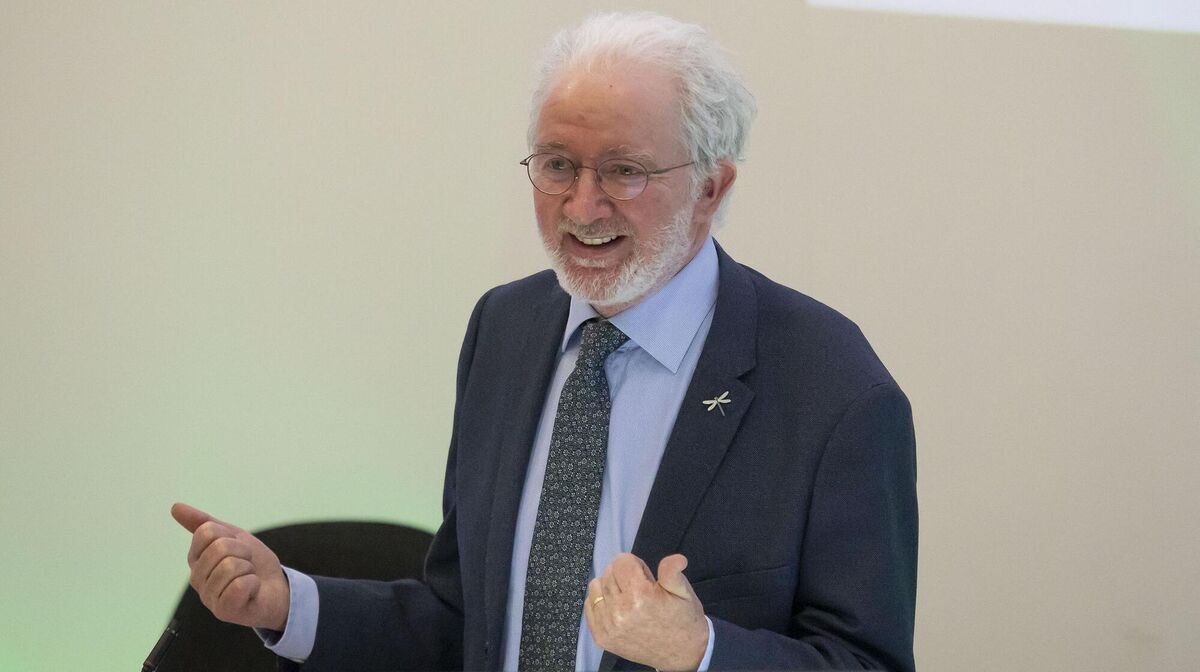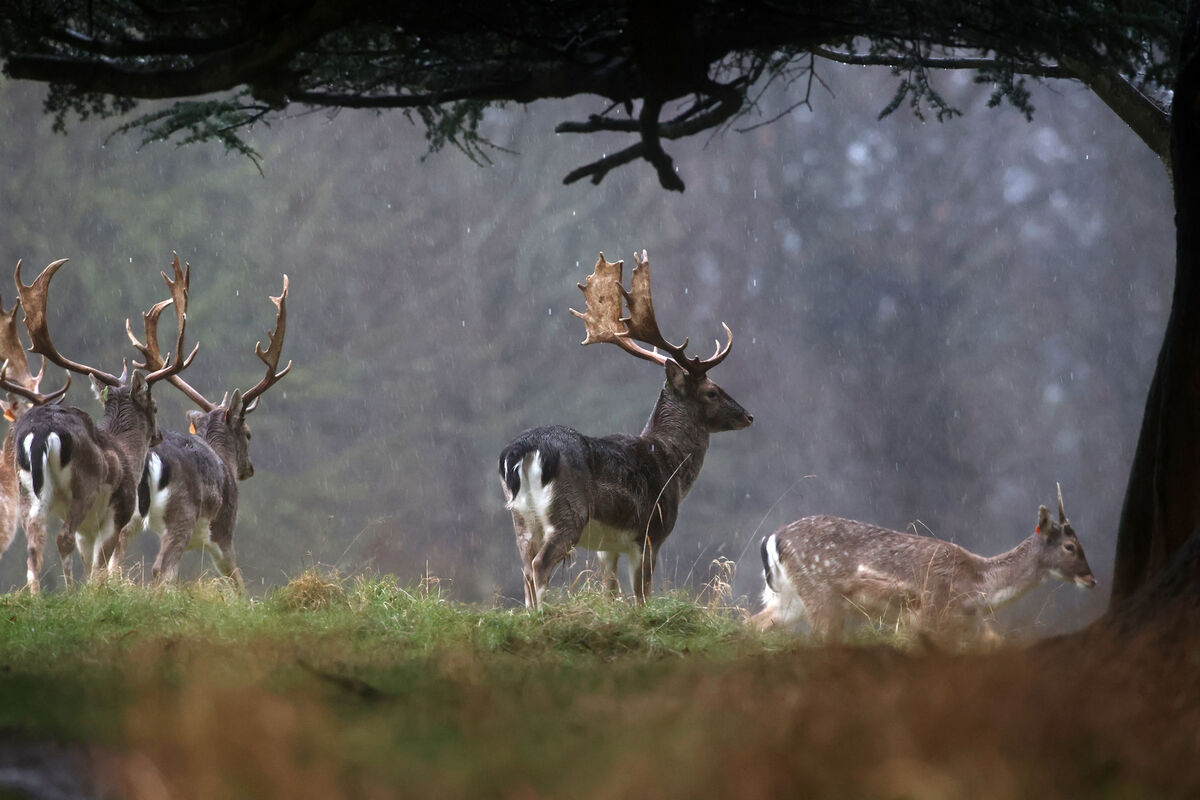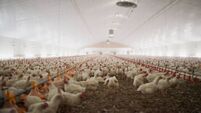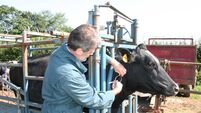Herds of up to 60 wild deer accused of causing damage to farms in the West

Wild deer are now posing serious problems for farmers in the West, blamed for crop and fence damage on farms.
Wild deer are now posing serious problems for farmers in the West, blamed for crop and fence damage on farms.
A recent public meeting organised by Galway County Executive of the Irish Farmers Association heard wild deer traversing land and public roads is now a frequent occurrence in the south of the county and in adjoining areas of North Clare.
Up to 50 to 60 wild deer would be found grazing privately-owned grasslands, having come from the surrounding mountains or forest area, said Stephen Canavan, chairman.
Kerry TD Michael Healy-Rae told a Dáil debate in January that a farmer in Kerry told him he had found 26 deer in a field one morning.
“That is the same as a herd of cattle from your neighbour being on your grass in the morning and eating all that you had,” he said.
Senator Pat Casey similarly told the Seanad that deer can be seen grazing farmers' fields in Wicklow every day.
The impact of deer on farming in Kildare and West Wicklow was also outlined by Senator Fiona O’Loughlin, who said a farmer told her he had lost 25% of his herd to TB, which the farmer believed was brought to the herd because of contact with wild deer.
“I am really concerned that the Government has no long-term plan to protect the lands and livelihoods of those who live in this area and that the deer population will be allowed to remain unsustainable,” she said.

Minister of State Malcolm Noonan, replying to Mr Healy-Rae, said he supported the sustainable management of the deer population.
Significant strides have been made in recent years with the National Parks and Wildlife Service in terms of resources and approving the licensing regime for deer hunting.
Since 2016, more than 2,000 deer have been culled in national parks, with Killarney accounting for almost 900 of this number.
Last year, 436 deer were culled in Wicklow, 44 in Glenveagh and 234 in Killarney National Park. All of this happened during Covid.
Mr Noonan said it should be noted that while the NPWS actively manages deer on its properties, it does not own the deer population.
And it is not responsible for the control of deer on private lands or for cordoning them off to any specific areas.
Deer populations are, by their nature, mobile and have a home range that is not constrained by land ownership boundaries.
These home ranges are normally defined by physical landscape features such as mountains, lakes, rivers, built-up areas, and the availability of a suitable habitat.
He said the control of deer on private property is a matter for the relevant landowner, who may apply to the Department of Housing, Local Government and Heritage for permission to cull deer, where necessary, outside of the annual open season.
These permissions are only issued on a case-by-case basis where there is evidence of specific damage caused by individual deer on specific land.

Mr Noonan, responding to Senators Casey and O’Loughlin, said the NPWS was committed to the active management of the deer species within State-owned national parks and nature reserves.
Culls may need to be carried out, where appropriate and depending on the annual counts, or where there is evidence that damage is being caused by deer to habitats, particularly woodland.
Such culls are undertaken by NPWS staff to ensure deer populations do not reach levels that would have negative ecological consequences.
“It is critically important that we understand and appreciate the scale of the challenges that we are facing regarding deer management from a biodiversity point of view, and the spread of disease,” he said.
More recently, IFA animal health chair TJ Maher said a commitment by Agriculture Minister Charlie McConalogue to re-establish the National Management Forum Group was a positive first step to controlling the deer population to a sustainable level.
Stressing that a coordinated approach is required, he called for a comprehensive management programme to reduce numbers in areas associated with TB outbreaks and for a national plan to reduce deer to levels that are sustainable within their natural habitat.
Meanwhile, mandatory certification training for first-time hunters has been announced for the 2022-2023 season by the department through the NPWS. It is in addition to the deer hunting licensing process.
Mr Noonan said this would further enhance safety throughout the countryside and ensure first-time hunters are provided with essential knowledge in deer stalking. Currently, there are three department-approved training courses.












